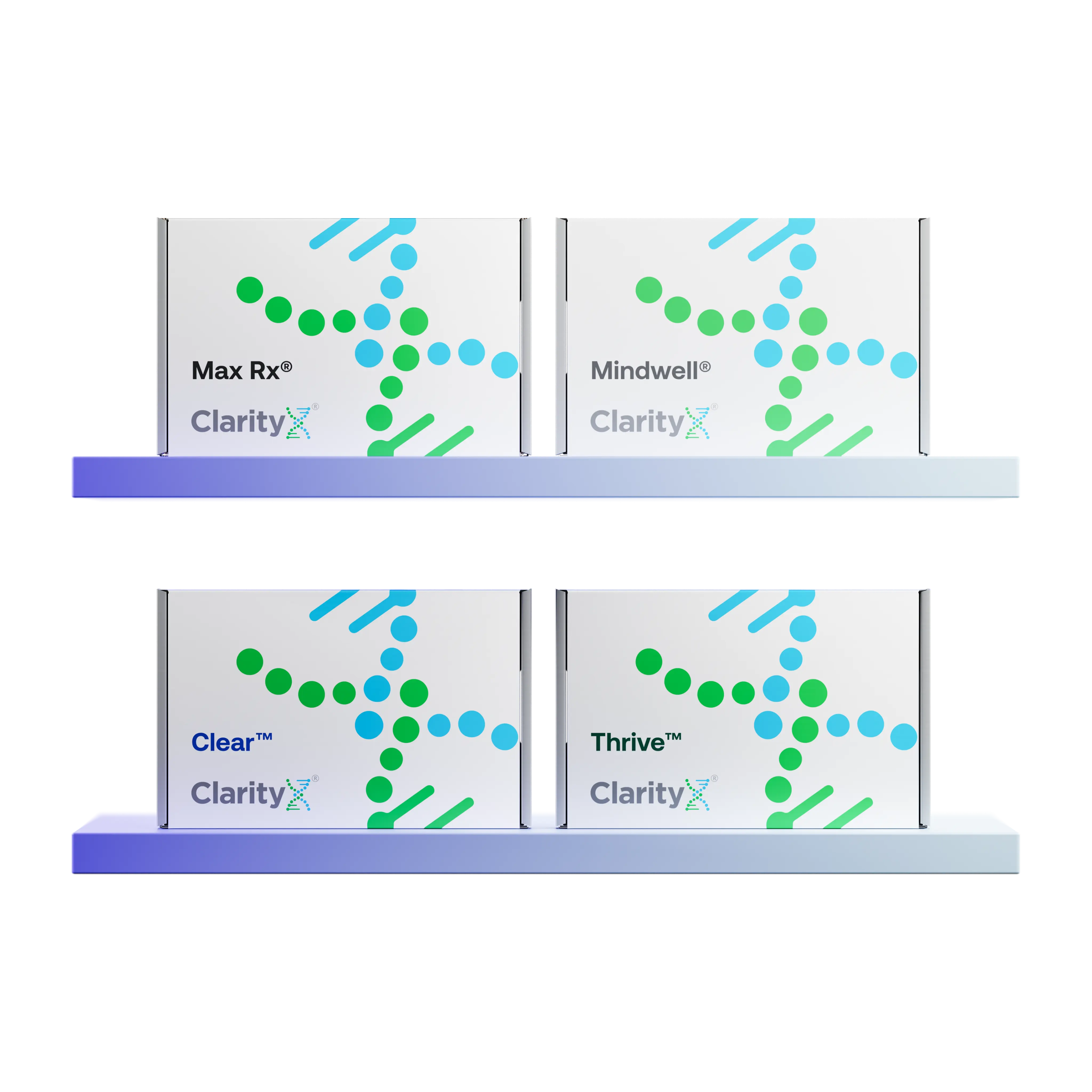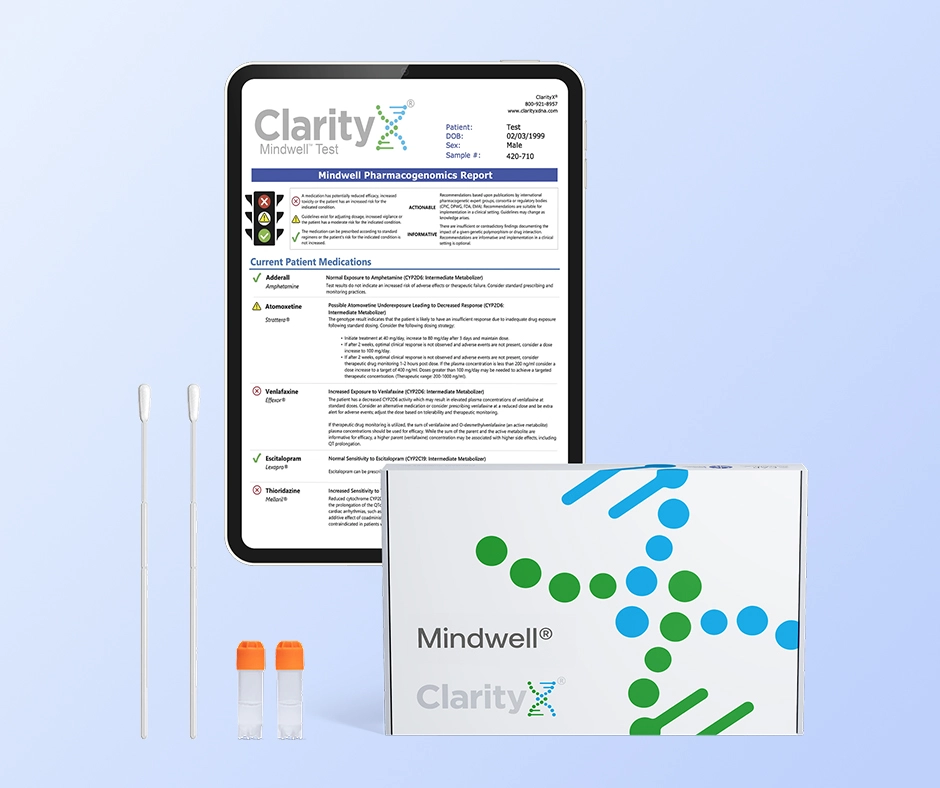Key Highlights
- Naproxen is a nonsteroidal anti-inflammatory drug (NSAID) commonly used to alleviate pain and reduce inflammation.
- This medication is available both over-the-counter and by prescription, effectively addressing various conditions such as headaches, menstrual cramps, and arthritis.
- Generally, naproxen begins to offer pain relief approximately within 30 minutes to an hour after ingestion.
- Depending on the source of chronic inflammation, consistent effects may become apparent within a few days to a couple of weeks of use.
- Remember that individual medication responses can differ, and it's important to consult your healthcare provider for personalized guidance on dosage and usage.
Introduction
Naproxen is a common medication available over the counter and via prescription at higher doses. It’s used to relieve pain and reduce swelling. When managing pain, finding relief quickly and reliably is often a primary focus so you can get back to living your life.
Naproxen can be helpful for many sources of pain, but some factors impact how well it works and how safe it is to use. Let’s take a closer look at naproxen, exploring how it works, how long it takes to start working, and how to ensure it’s being used safely.
Understanding Naproxen and Its Uses
Naproxen is good for relieving pain and reducing swelling. This makes it a popular choice for many health issues. You can find it over-the-counter or get a stronger prescription. This medication works by stopping the body from making prostaglandins, which are involved in the inflammatory response.
Naproxen can be used for both short-term and long-term pain. If you have a headache, menstrual cramps, or arthritis pain, naproxen may be recommended to help you feel more comfortable.
What Is Naproxen?
Naproxen is a nonsteroidal anti-inflammatory drug (NSAID). These drugs are known for helping to reduce pain and swelling. Naproxen comes in different forms, like tablets, capsules, and liquids, and can be used to treat a variety of conditions.
When you take naproxen, it helps fight inflammation by slowing down the production of prostaglandins. Prostaglandins are natural chemicals in your body that can contribute to pain and swelling. Naproxen may help you feel better by helping to manage inflammation.
It's also good to know that while you can buy naproxen over-the-counter for mild to moderate pain, stronger pain may need prescription naproxen, which comes in higher doses. If you need help with a long-term health issue, your doctor can tell you the right form and dosage of naproxen to meet your needs. To ensure safety, do not take higher doses of naproxen without consulting a healthcare provider.
Common Conditions Treated with Naproxen
Some of the conditions naproxen is commonly used for include:
- Osteoarthritis
- Rheumatoid Arthritis
- Primary Dysmenorrhea (menstrual cramps)
- Acute Gouty Arthritis
- Musculoskeletal Pain
- Headaches
- Inflammation
Naproxen is very helpful for pain and inflammation related to various health issues. For instance, it can be especially useful for people with rheumatoid arthritis, a chronic condition in which the immune system causes joint pain and inflammation. Naproxen can help relieve pain and stiffness associated with rheumatoid arthritis. It can also be helpful for osteoarthritis caused by wear and tear on joints over time.
Additionally, naproxen is effective for period pain or menstrual cramps. It works by lowering prostaglandins, which contribute to menstrual cramps. This can help provide comfort while managing monthly cycles.
How Naproxen Works in the Body
Many of naproxen's effects, both positive and negative, are associated with reducing the activity of prostaglandins.
The Mechanism of Action Explained
Prostaglandins are substances in our body that act like hormones. They help in many body functions, including protecting the stomach lining and contributing to inflammation. While inflammation is necessary for healing, too much can cause excessive pain, swelling, and discomfort. This is where naproxen is useful.
Naproxen works by blocking enzymes called COX (cyclooxygenase), especially COX-1 and COX-2. These enzymes make prostaglandins. By lowering the amount of these substances, naproxen helps reduce inflammation, relieving pain and swelling.
The dose of naproxen affects how well it works. Higher doses generally mean stronger effects against inflammation. However, finding the right dose depends on many factors, like the person's health, age, and the condition being treated.
Factors Influencing Naproxen's Effectiveness
While generally safe and effective, naproxen's impact can be influenced by several factors. One significant factor is the individual’s overall health, as certain pre-existing conditions may affect how the body processes and responds to naproxen, potentially influencing the medication's effectiveness and safety.
For instance, individuals with high blood pressure, liver disease, or kidney disease may require dosage adjustments or additional monitoring while on naproxen, especially when prescribed for short periods of time. This ensures the medication's benefits outweigh any potential risks.
Moreover, interactions with other medications can also affect naproxen's effectiveness. It is vital to inform your doctor about all medications you are currently taking, including prescription drugs, over-the-counter medications, and herbal supplements, to avoid potential interactions.
Administering Naproxen Safely
It is important to be careful when using naproxen, even though it is readily available over the counter.
Things like age, existing medical conditions, and other medicines you take can affect how much naproxen is safe and effective. It is important to talk to your healthcare providers before changing anything in your medication plan to use it safely.
Recommended Dosages for Different Conditions
Naproxen dosing depends on several factors, including the prescribed dose, your age, the condition being treated, and how severe your symptoms are.
For adults using over-the-counter naproxen for mild to moderate pain, the standard dose is 220 mg every 8-12 hours as needed. It is very important to read the instructions on the medication label. Never take more than the maximum daily dose listed.
If a doctor prescribes naproxen, the dose may be different from what you find over the counter. For example, higher doses may be needed for chronic conditions like rheumatoid arthritis. For sudden issues like gout attacks, you might take a larger starting dose and then a lower dose after that.
For menstrual cramps, the usual starting dose is 500 mg, followed by 250 mg every 6–8 hours if needed.
Keep in mind that these are general recommendations. Talking to your healthcare provider for the right dosage based on your unique needs is best.
Tips for Taking Naproxen Effectively
To get the most out of naproxen therapy and lower the chances of side effects, keep these tips in mind:
- Take with Food or Milk: Taking naproxen with a meal, snack, or a full glass of water can help lessen stomach upset, a common side effect.
- Handle a Missed Dose Carefully: If you miss a dose, take it as soon as you remember. But skip the missed one if it's close to your next dose time. Always stick to your regular schedule and do not take two doses to make up for a missed one.
The Onset of Action - How Long Before Naproxen Takes Effect?
When you take Naproxen, it usually starts to work in 30 minutes to one hour. However, it may take a few hours to reach its strongest effect. Following the recommended doses and talking to a healthcare provider for advice that fits your needs is very important.
Average Timeframe for Pain Relief
The average time it takes to feel pain relief from naproxen is about 30 minutes to an hour. However, this can be different for each person. Some factors affect how quickly it works. For example, liquid naproxen is absorbed faster than tablet forms, which may mean quicker pain relief.
The level of your pain also matters. You might feel relief sooner with mild pain than with severe pain. It's important to know that each naproxen dose only gives temporary relief and works for a limited time. However, this time frame is a bit longer than many alternatives, which can be helpful for some individuals. It tends to last closer to about 12 hours for many people, so it may be dosed every 12 hours instead of every 4-6 hours. This can make it easier to manage multiple doses over the course of a day.
Be careful not to take naproxen more frequently than indicated on the label or as advised by your healthcare provider. Exceeding the recommended dose can increase the risk of side effects without providing additional pain relief. Always adhere to the suggested dosage and timing for optimal results.
Variability in Response Times Among Individuals
It is important to remember that how people respond to medication can vary significantly. Many things can cause this difference, including personal metabolism, body weight, age, and general health. Factors like differences in metabolism can sometimes be predicted with genetic testing to help ensure the medication and dose selected are likely to be safe and effective.
If you’ve started taking naproxen and are unhappy with the level of pain management, do not raise the dose by yourself. It's better to talk to your healthcare provider. They can examine your situation, consider what may be causing this problem, and change the dose or find other options for pain management if needed.
Always maintain open communication with your healthcare provider regarding your medication experiences and the directions on the prescription label. Sharing any concerns or questions assists them in developing a treatment plan tailored specifically for you. This will ensure the medication is effective and minimize the risk of side effects.
Monitoring Naproxen Therapy
Although naproxen is available over the counter, there are some important things to watch out for when you’re taking the medication—especially if you’re taking naproxen regularly for an extended time.
Possible Side Effects and How to Manage Them
Naproxen is usually safe for most people, but like any medication, it can cause side effects. The most common side effects of naproxen are linked to the digestive tract, which may include:
- Heartburn
- Indigestion
- Nausea
- Diarrhea
Some of these side effects, like heartburn or upset stomach, may be improved by taking naproxen with a snack or a meal. However, it’s important to distinguish between an upset stomach and potential side effects like stomach ulcers.
Taking NSAIDs like naproxen with meals will not help protect your stomach against ulcers. This is a systemic effect caused by prostaglandin inhibition. It’s always important to inform your healthcare provider of any changes in stomach symptoms and to watch for signs of upper gastrointestinal tract bleeding. NSAIDs like naproxen can cause bleeding stomach ulcers. When these bleed, they clot by the time they travel through the digestive tract. This clotted blood often appears black, tarry, or similar to used coffee grounds in stools.
Because NSAIDs like naproxen also have a blood-thinning effect, it’s important to ensure they can be used safely with other medications. An increased risk of bleeding is a concern when naproxen is used with medications like antidepressants as well as medications specifically used to prevent clots.
Other potential side effects include changes in kidney function or allergic reactions. If you feel severe stomach pain or ongoing heartburn, see signs of blood in your vomit or stool, have trouble breathing, notice swelling of the face, lips, or tongue, or develop a skin rash, stop taking naproxen right away and contact your healthcare provider.
When to Consult Your Doctor
Open communication with your healthcare provider is very important. For instance, if you have surgical procedures scheduled, it’s important to let your healthcare providers know if you’re using naproxen.
It is also key to talk to your doctor if you have any existing medical conditions, such as kidney disease, liver disease, heart failure, heart disease, or high blood pressure, before using naproxen. These conditions might require changes to your dose or extra checks to keep you safe.
Additionally, some medications, like blood thinners, diuretics, and ACE inhibitors, may interact with naproxen. These interactions can impact your risk of bleeding or cardiovascular events like a heart attack. Always tell your doctor about all the medications you are using, including prescription and over-the-counter drugs and herbal supplements. This can help avoid possible harmful interactions.
Conclusion
Naproxen is a widely available and widely used NSAID that helps with pain and inflammation. It often begins to provide relief for symptoms within an hour or so. Although easily accessible, it’s still important to ensure it’s used safely. Talk with your healthcare providers to help ensure it can be used safely while considering your health history and any current medications you use.
Lastly when considering treatment options like naproxen your genetics play a vital role in determining which medications will be best suited for you. A simple test can help reduce the trial and error process associated with finding the right medication. Find out more by visiting www.clarityxdna.com
Frequently Asked Questions
Can I take naproxen on an empty stomach?
Some people can take it on an empty stomach without any problems, but if you experience an upset stomach shortly after taking the medication, it may help to take it with a snack or a meal.
How does naproxen compare to ibuprofen in terms of pain relief?
Naproxen and ibuprofen are both NSAIDs. They work the same way to relieve pain, but they are different in how long they last. Naproxen usually gives longer-lasting pain relief, helping for up to 12 hours. In contrast, ibuprofen usually lasts for about 4 to 6 hours.
Can naproxen be taken alongside other medications?
Before you take naproxen with other medicines, including over-the-counter drugs and dietary supplements, it's important to talk to your healthcare provider. This step helps avoid possible interactions that might affect how well the medications work or raise the risk of side effects for either one.
References:
https://dailymed.nlm.nih.gov/dailymed/drugInfo.cfm?setid=f9a4752b-fdb0-4e26-a024-0c98d55f9dca
https://www.ncbi.nlm.nih.gov/books/NBK525965/
https://pmc.ncbi.nlm.nih.gov/articles/PMC3891482/
https://pubmed.ncbi.nlm.nih.gov/31397597/
https://www.ncbi.nlm.nih.gov/books/NBK549795/
https://files.cpicpgx.org/data/guideline/publication/NSAID/2020/32189324.pdf
https://clarityxdna.com/blog/genetic-testing-for-medication-efficacy/






